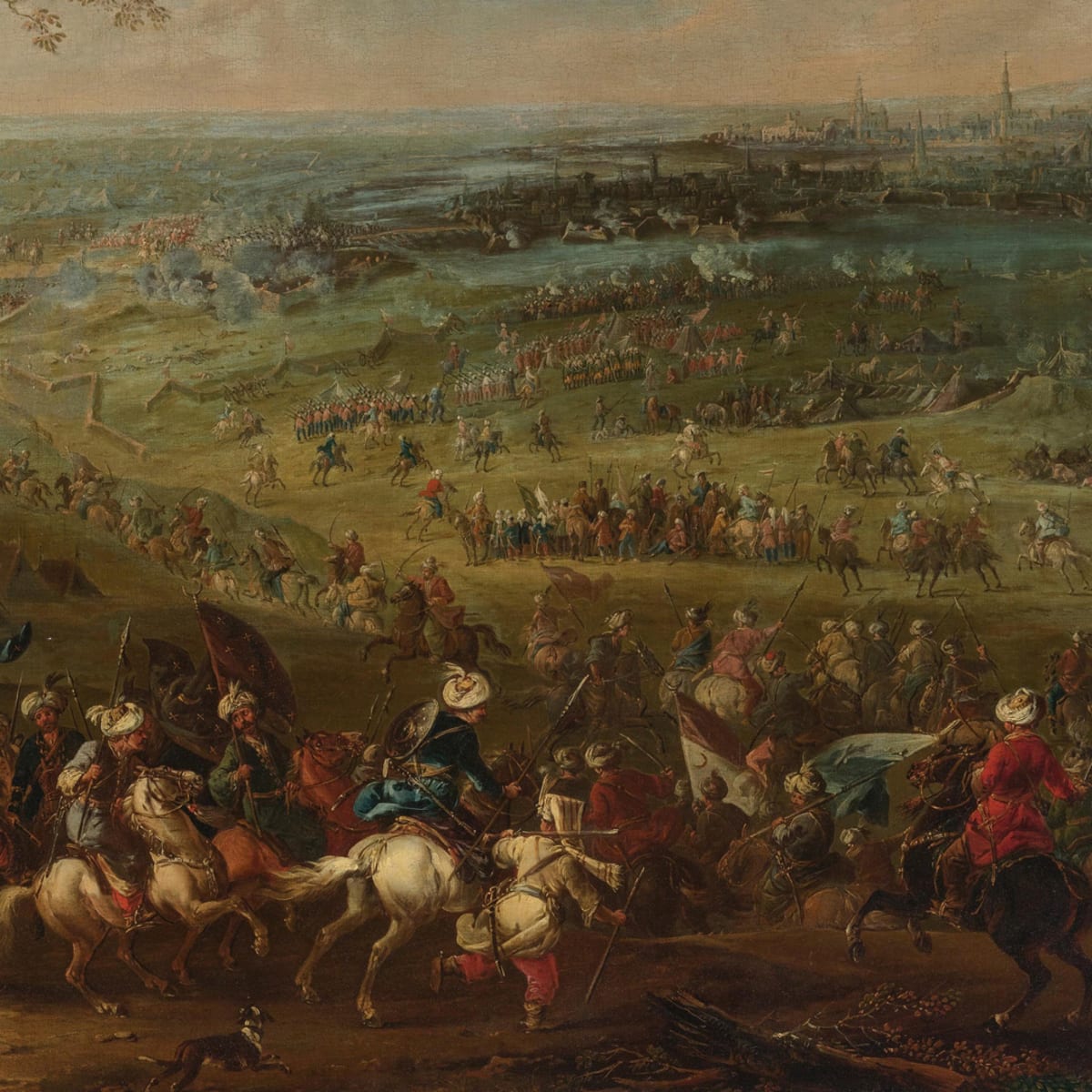The Byzantine Empire, also known as the Eastern Roman Empire, was founded in 324 AD and lasted for almost a thousand years with a highly centralized government, religion playing a significant role, and trade playing a vital role in its growth, while the Ottoman Empire was founded in 1299 by Osman I and lasted until 1922 with a highly centralized government, religious tolerance, and the economy based primarily on agriculture. Both empires influenced their respective regions with similarities, but significant differences in religious beliefs and economic structures. The conflict between both empires shaped the history of the Eastern Mediterranean and Europe for centuries.
The Byzantine Empire
The Byzantine Empire, also known as the Eastern Roman Empire, was founded in 324 AD by Emperor Constantine the Great. It emerged as one of the most powerful empires in the world and lasted for almost a thousand years. The Byzantine Empire was a continuation of the Roman Empire in the East, with its capital in Constantinople (now Istanbul), and its language, art, and culture heavily influenced by Greek and Roman traditions.
Politics and Administration
The Byzantine Empire had a highly centralized government with a powerful emperor. The emperor had absolute power and was seen as both the head of the state and the head of the Church. The empire was divided into provinces, each governed by a governor appointed by the emperor. The Byzantine Empire also had a complex bureaucracy, with officials at different levels of government responsible for various tasks.
Religion
Religion played a significant role in the Byzantine Empire, and it was the Eastern Orthodox Church that served as a pillar of the state. The emperor had the power to appoint the patriarch of the Church and was responsible for ensuring that the Church remained in line with the state’s interests.
Economy and Trade
The Byzantine Empire was economically prosperous, with trade playing a significant role in its growth. Positioned at the crossroads of Europe and Asia, Constantinople served as a vital center for trade and commerce. The empire’s most valuable exports were silk and spices.
The Ottoman Empire
The Ottoman Empire was founded in 1299 by Osman I and lasted until 1922. It emerged as a powerful empire in the Middle Ages, encompassing much of Southeast Europe, Western Asia, and North Africa. The Ottoman Empire was known for its military conquests and is credited with introducing the world to new forms of government, art, and Islamic scholarship.
Politics and Administration
The Ottoman Empire had a highly centralized government, with a powerful Sultan as the head of the state. The sultan was supported by various officials, including grand viziers, who acted as the chief administrator, and military commanders responsible for maintaining the empire’s borders.
Religion
The Ottoman Empire was initially founded as a Sunni Muslim state and saw itself as the protector of Islam. However, it was religiously tolerant toward other religions, allowing Christians and Jews to practice their faiths as long as they paid an additional tax.
Economy and Trade
The economy of the Ottoman Empire was based primarily on agriculture, with Ottoman lands being some of the most fertile in the world. The empire also held a strategic location, connecting Europe and Asia, which made it a crucial center for trade and commerce.
Comparing and Contrasting
Politics and Administration
Both the Byzantine and Ottoman Empires had highly centralized governments, with powerful leaders at the top. However, the Byzantine Empire retained some elements of the older Roman Empire, emphasizing a complex bureaucracy, while the Ottoman Empire had a more personal style of government, emphasizing the Sultan’s role as the head of the state.
Religion
The Byzantine Empire was founded as a Christian empire, with the Eastern Orthodox Church serving as a significant influence on the state’s politics and culture. In contrast, the Ottoman Empire was founded as a Sunni Muslim state but was relatively tolerant of other religions.
Economy and Trade
Both empires had a significant impact on trade and commerce, with Constantinople serving as a vital hub for the Byzantine Empire and Istanbul serving the same purpose for the Ottoman Empire. However, the Byzantine Empire’s trade was based on luxury goods such as silk and spices, while the Ottoman Empire’s economy was primarily based on agriculture, including the cultivation of cotton and tobacco.
Conclusion
The Byzantine and Ottoman Empires were both significant world powers that influenced the development of their respective regions. They had many similarities, including centralized governments, religious influence, and the importance of trade and commerce. However, there were also significant differences, including differing religious beliefs and economic structures. Ultimately, conflict between these two empires and other powers shaped the history of the Eastern Mediterranean and Europe for centuries to come.
